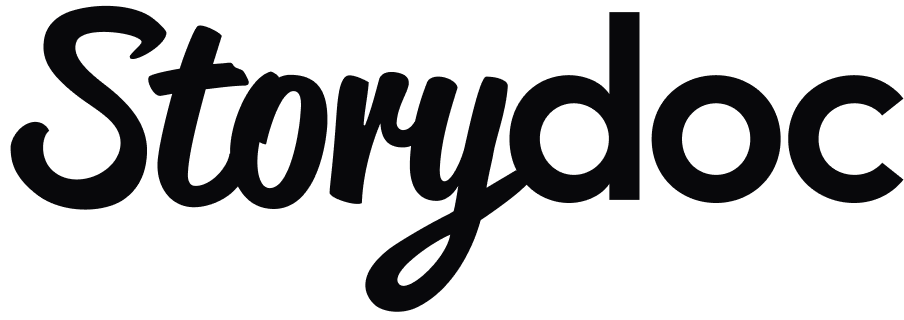Product marketing presentation
The product marketing presentation is used to show how your product or service solves a specific problem for your audience. It focuses on the features, benefits, and positioning that make your offer stand out. This type of presentation is often used for internal alignment or as part of a sales toolkit.
Marketing strategy presentation
This is your high-level plan for how you’ll win in the market. It covers your positioning, target segments, messaging, and the channels you’ll use to reach your audience. It’s typically shared internally or with leadership to get buy-in on the direction of your brand or campaign.
Marketing plan presentation
The marketing plan presentation connects strategy to execution. It breaks down your marketing activities, budget, timeline, and KPIs - giving everyone a clear view of what’s happening, when, and why. It’s often used in quarterly or campaign planning sessions.
Marketing pitch deck
The marketing deck is designed to open new business conversations. It’s typically used by agencies, consultants, or freelancers to show they understand the client’s challenges and to introduce their services as a strong fit. The goal is to generate interest and move the conversation forward.
You can grab a customizable marketing pitch deck template here.
Marketing proposal
The marketing proposal presentation is used when a potential client is already engaged and considering your services. It outlines the scope of work, deliverables, cost, success metrics, and timeline. This is the version you send when you're ready to close the deal or walk stakeholders through a detailed offer.
Market analysis presentation
The market analysis presentation is focused on research and insight. It includes data on audience behavior, industry trends, competitor activity, and market opportunities. It’s often used to support strategy decisions or establish credibility with clients and stakeholders.
Marketing campaign presentation
The marketing campaign presentation is used to present the concept, structure, and goals of a specific campaign. It includes messaging, creative direction, channels, timing, and expected results. This presentation helps align teams before launch and can also be used to report on outcomes after the campaign ends.










